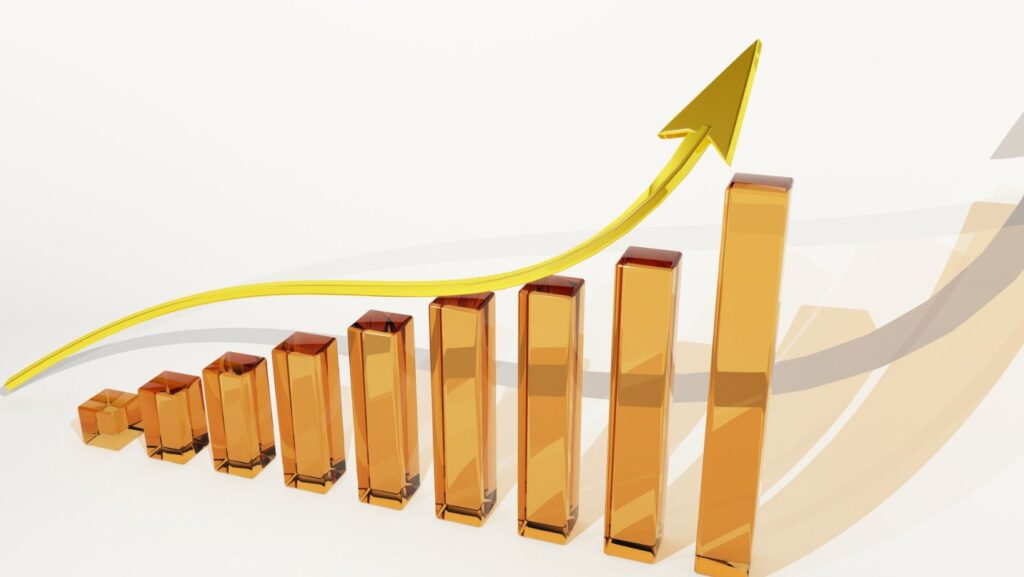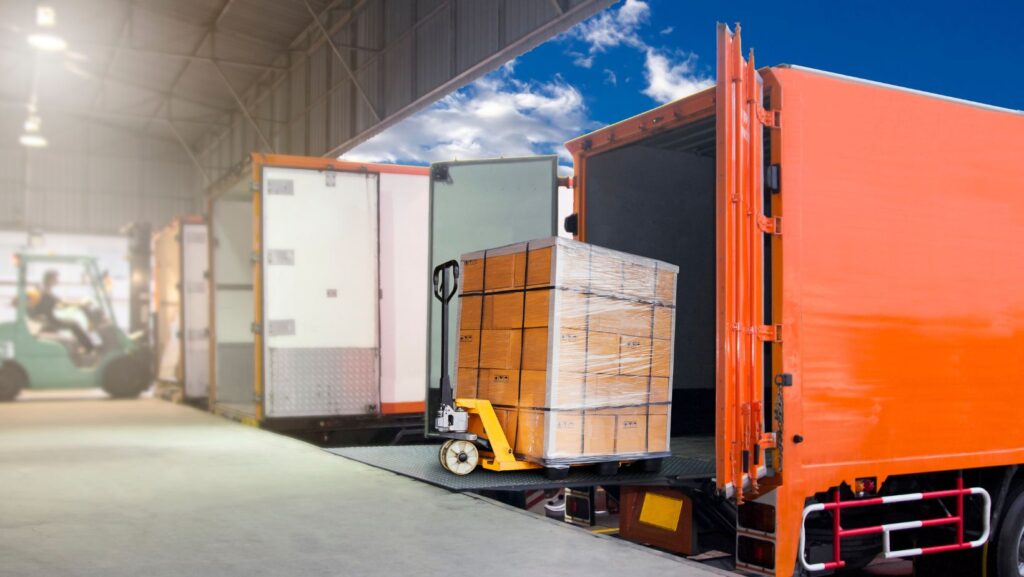How RedTrack’s Ecommerce Solution Boosts Your Marketing ROI
Running an online store is both exciting and challenging. You want more sales, right? That’s where RedTrack’s Ecommerce Solution comes in. It’s like a helper that makes your ads work better. And guess what? It boosts your marketing ROI big time! ROI means how much money you make compared to what you spend. With RedTrack, you get clear data to see what’s working. No more guessing! It tracks your ads, clicks, and sales easily. Plus, it’s simple to use, even for beginners. It connects with platforms like Shopify and Facebook, so you can manage everything in one place. This blog post will show you how RedTrack’s Ecommerce Solution helps your store grow. Ready to learn? Let’s see how it saves time, cuts costs, and makes your ads awesome! Why Marketing ROI Matters for Ecommerce So, why care about marketing ROI? It’s like checking if your lemonade stand makes more money than you spent on lemons. For online stores, marketing ROI shows if your ads are worth it. If you spend $100 on ads but only make $50, that’s bad news. But, if you make $200, you’re winning! RedTrack’s Ecommerce Solution helps you figure this out. It tracks every click and sale, so you know what’s making money. And, it’s super important because online stores face tons of competition. You need to spend smart, not just big. RedTrack shows you which ads bring customers and which don’t. This saves you from wasting cash on bad ads. For example, it can tell you if your Facebook ad is better than your TikTok one. By focusing on what works, you get more sales without spending extra. That’s why marketing ROI is a big deal—it helps your store grow faster and smarter! Key Features of RedTrack’s e-commerce solution Alright, let’s talk about what makes RedTrack’s e-commerce solution so cool. It’s packed with tools to make your ads shine. First, it uses first-party cookies. These track customers without creepy third-party stuff, so you get real data. And, it works with Shopify, WooCommerce, and even Facebook—super easy to connect! Another awesome feature is real-time data. You see clicks, sales, and more right away. No waiting! This helps you fix ads fast if they’re not working. Plus, RedTrack has conversion API integrations. These send data to ad platforms like Google Ads, making your ads smarter. Users saw a 35% lower cost per purchase with this! Then, there’s the Universal Tracking Script. It tracks multiple campaigns on your website, all from your domain. Cool, right? And, automation rules save time. They pause bad ads or shift traffic to better ones automatically. For example, if an ad’s ROI is low, RedTrack can stop it for you. Finally, the Partnership Portal lets you work with influencers or affiliates. You can give them special links to promote your store. All these features make RedTrack’s Ecommerce Solution a game-changer for boosting marketing ROI! How RedTrack Boosts Marketing ROI Okay, so how does RedTrack’s Ecommerce Solution boost marketing ROI? It’s like having a super-smart assistant for your ads. First, it tracks every step of a customer’s journey—from clicking an ad to buying something. This helps you see which ads bring sales. For example, if your TikTok ad gets clicks but no sales, you can stop it and save money. And, RedTrack uses real-time data. You don’t wait days to see results. You can check your dashboard and know what’s happening now. This means you can tweak ads fast to get better results. RedTrack’s conversion API sends data to platforms like Facebook. This makes ads more accurate, boosting your ROI by up to 22%! Another big win is automation. RedTrack has rules that pause ads if they’re not working. Imagine an ad costing too much with no sales—it gets stopped automatically. This saves cash and lets you focus on winning ads. Plus, the Partnership Portal helps you team up with affiliates. They promote your products, and you only pay when they make sales. That’s a smart way to grow! Step-by-Step Guide to Using RedTrack for Your Store Here’s a simple guide. First, sign up for a free 14-day trial on RedTrack’s website. No credit card needed! Once you’re in, you’ll see a dashboard. It’s like your control center. Next, add your store. Connect it to platforms like Shopify or WooCommerce. RedTrack has one-click integrations, so it’s super quick. Then, set up your Universal Tracking Script. This goes on your website to track clicks and sales. Don’t worry—it’s simple to install. Now, create your first campaign. Go to the “Campaigns” section, click “New,” and pick your ad platform, like Facebook or Google Ads. Add your ad links, and RedTrack starts tracking. You can see real-time data on clicks and sales right away. Finally, check your reports. They show which ads are making money. Use automation rules to pause bad ads or boost good ones. And, try the Partnership Portal to work with influencers. That’s it! You’re ready to boost your marketing ROI with RedTrack! Challenges and Solutions with RedTrack Sometimes, using RedTrack’s Ecommerce Solution can feel tricky. But don’t worry—there are fixes! One challenge is the learning curve. The dashboard has lots of options, which can seem overwhelming. RedTrack offers free onboarding and videos to help you learn fast. Another issue is data mismatches. Sometimes, clicks in RedTrack don’t match your ad platform. This happens with wrong settings. The solution? Contact RedTrack’s support team. They fix it quickly. And, ad blockers can mess with tracking. But RedTrack uses first-party cookies and fallback tools to keep data safe. Finally, setting up automation rules might feel hard. You want them to work just right. RedTrack’s demo with a specialist can guide you. These solutions make RedTrack easy to use, so you can focus on boosting marketing ROI without stress! Conclusion RedTrack’s Ecommerce Solution is a game-changer! It tracks ads, saves money, and boosts marketing ROI. Ready to grow your store? Sign up for a free 14-day trial at RedTrack’s website. Try it, see the results, and
How RedTrack’s Ecommerce Solution Boosts Your Marketing ROI Read More »





